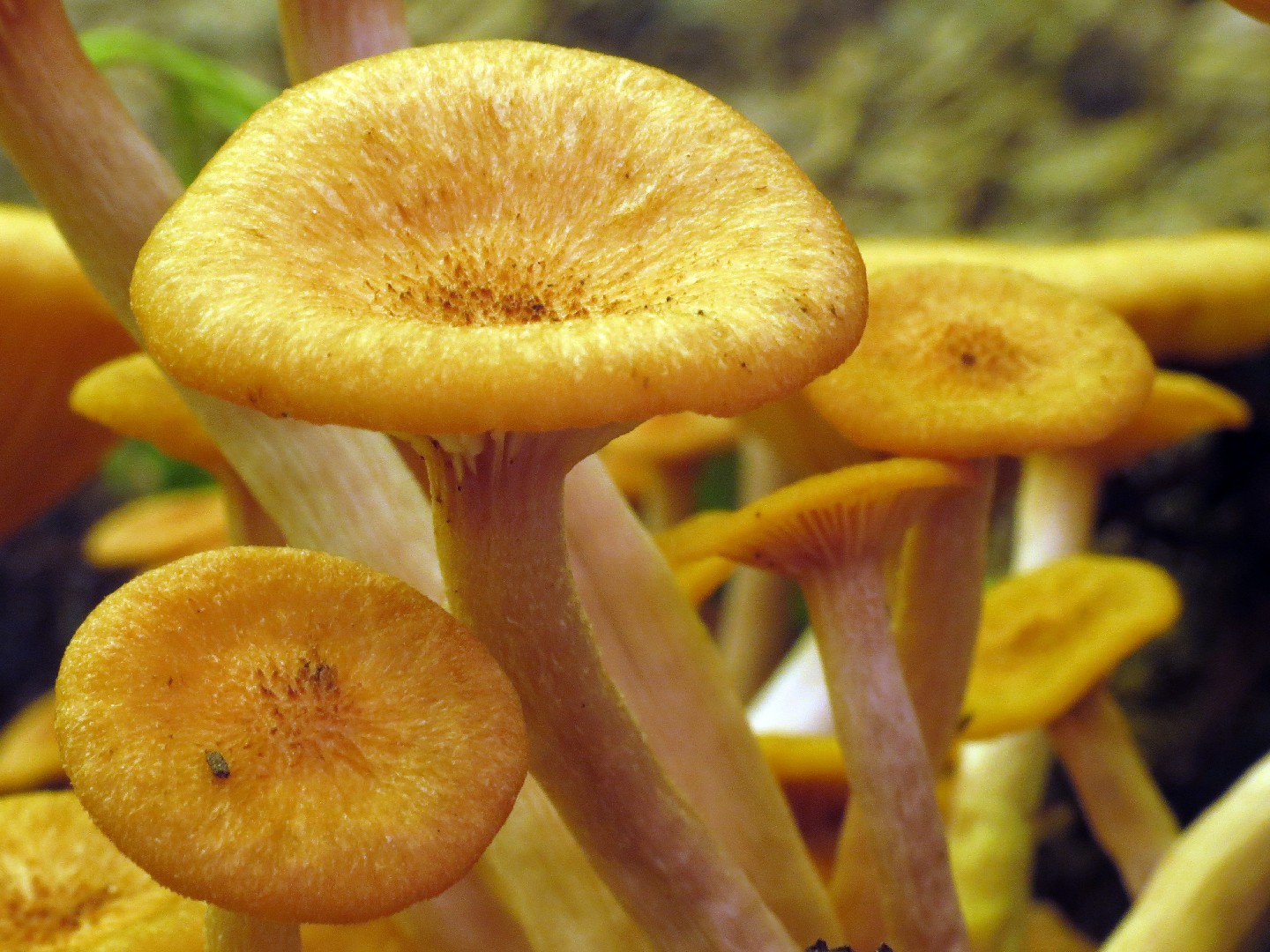Desarmillaria
Scientific name: Desarmillaria
Desarmillaria
Scientific name: Desarmillaria
 Photo By Katja Schulz , used under CC-BY-2.0 /Cropped and compressed from original
Photo By Katja Schulz , used under CC-BY-2.0 /Cropped and compressed from original Description
Desarmillaria is an intriguing group of fungi that was recently reclassified and separated from the genus Armillaria. These fungi are known for their fruiting bodies, which often appear in clusters on wood or forest litter. Unlike their close relatives in Armillaria, desarmillaria species are typically less aggressive pathogens, focusing more on decomposing dead or decaying wood rather than infecting living trees. They play a vital role in nutrient cycling and decomposition processes within forest ecosystems, helping to break down complex organic materials.
Species of Desarmillaria
Scientific Classification
Phylum
Club fungi Class
Mushroom-forming fungi Order
Gilled fungi Family
Physalacriaceae Genus
Desarmillaria